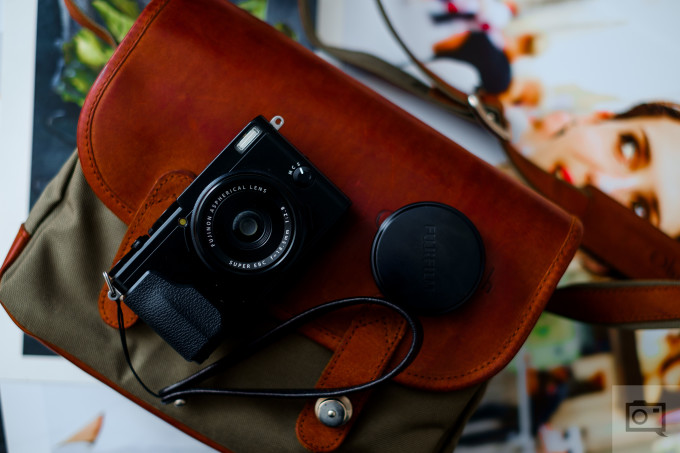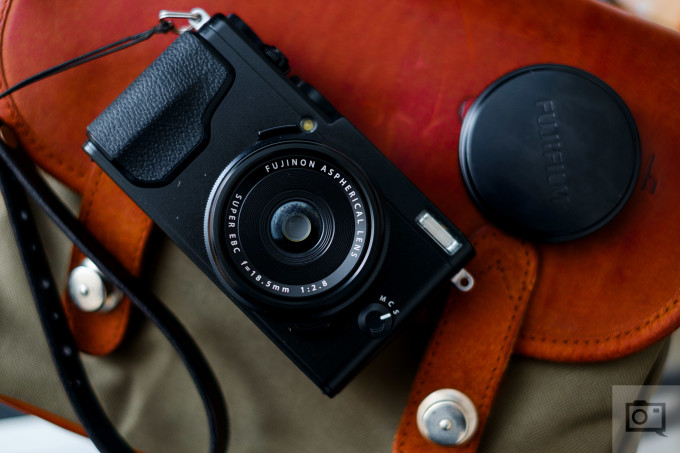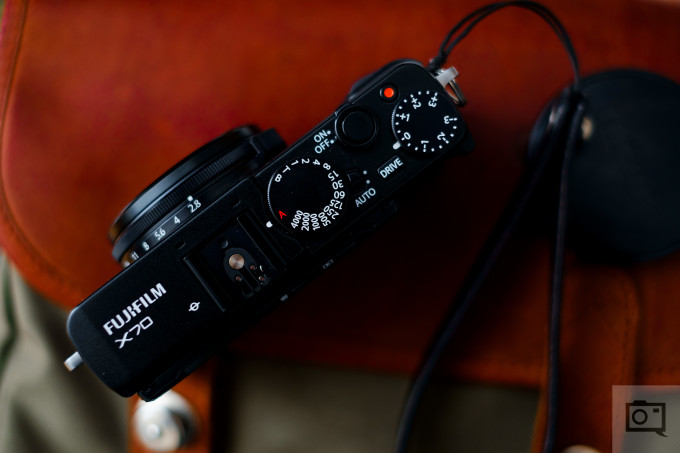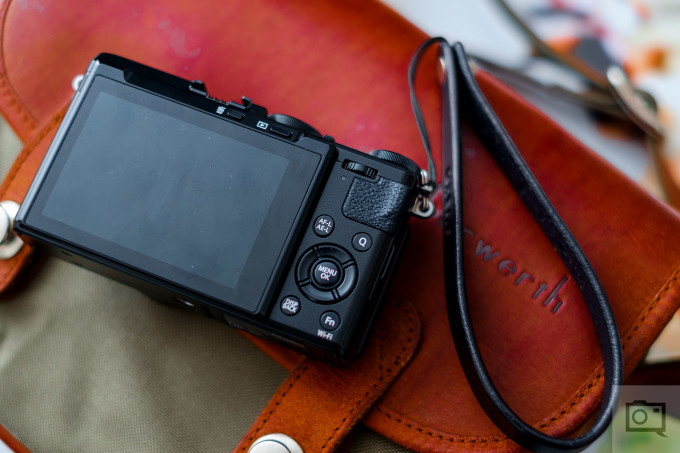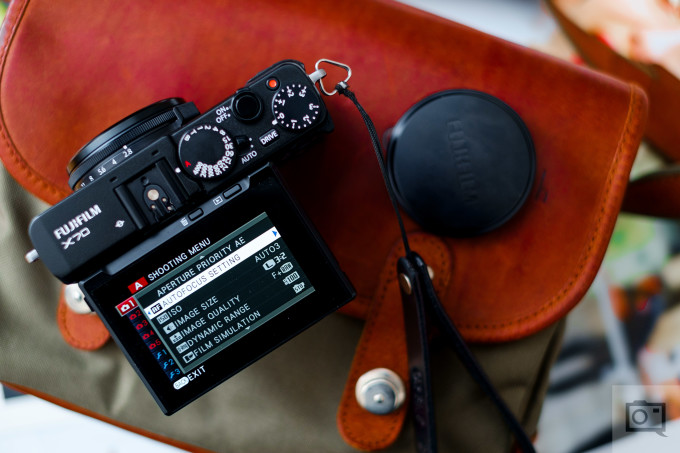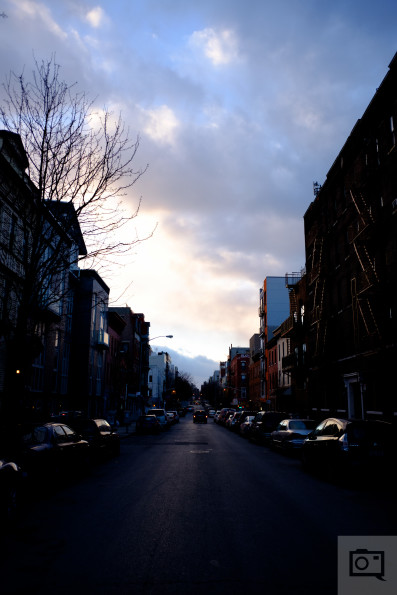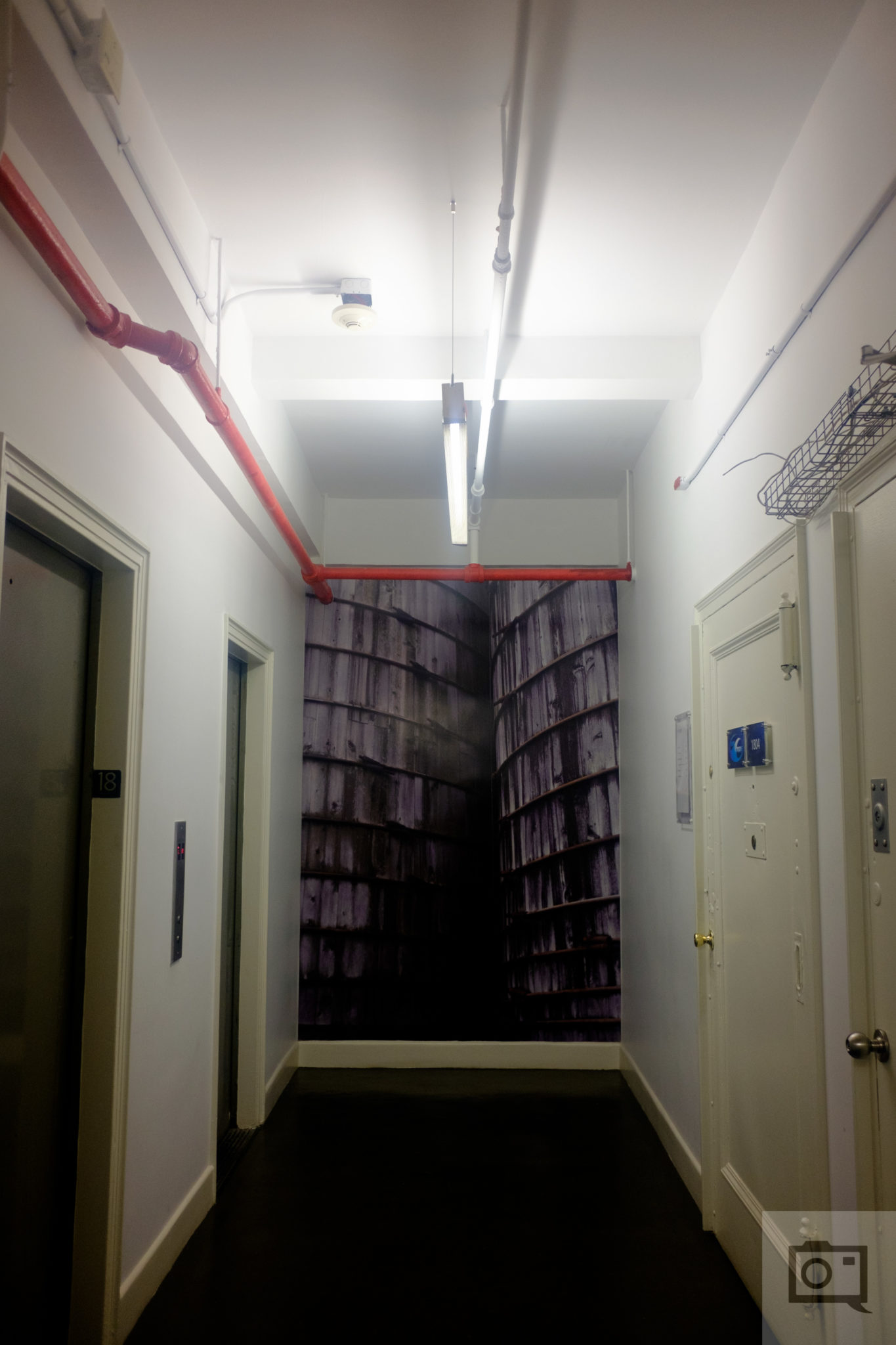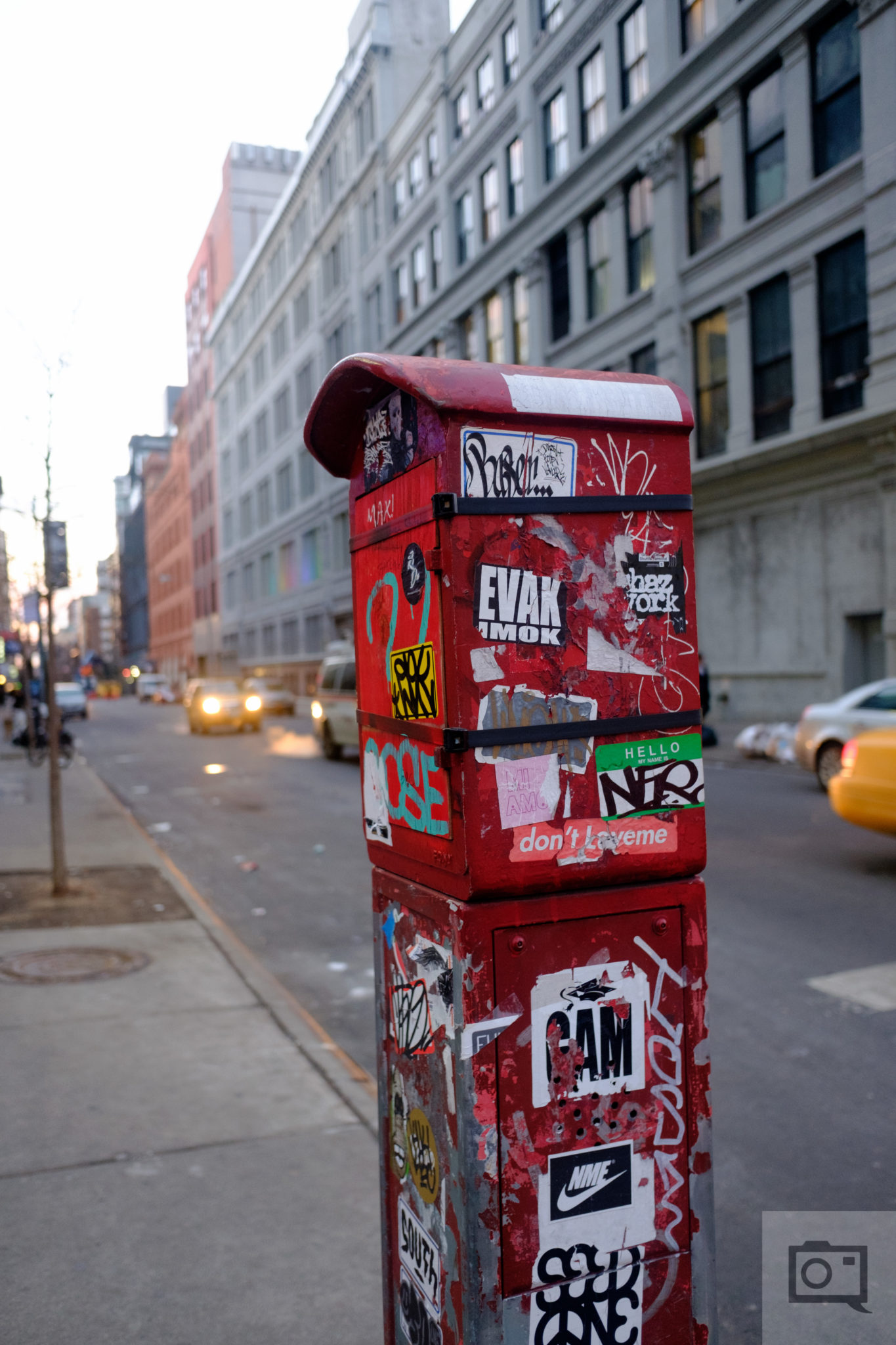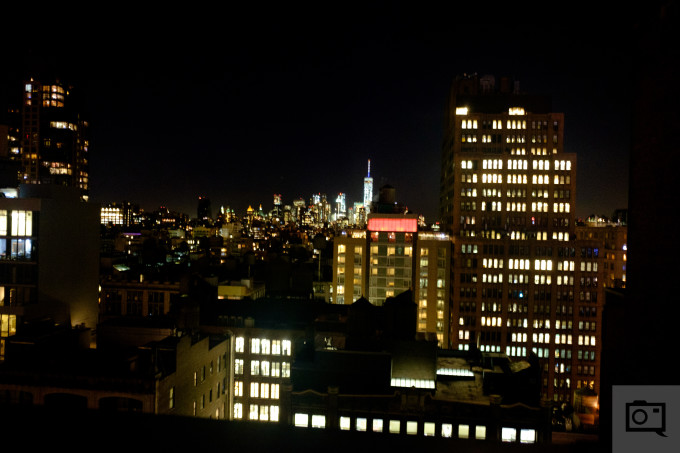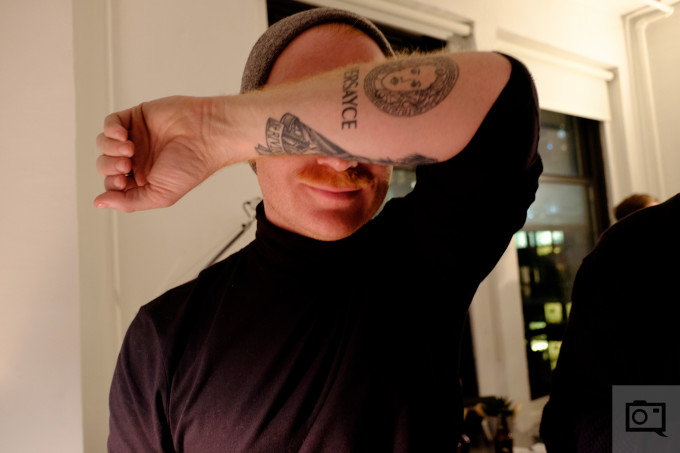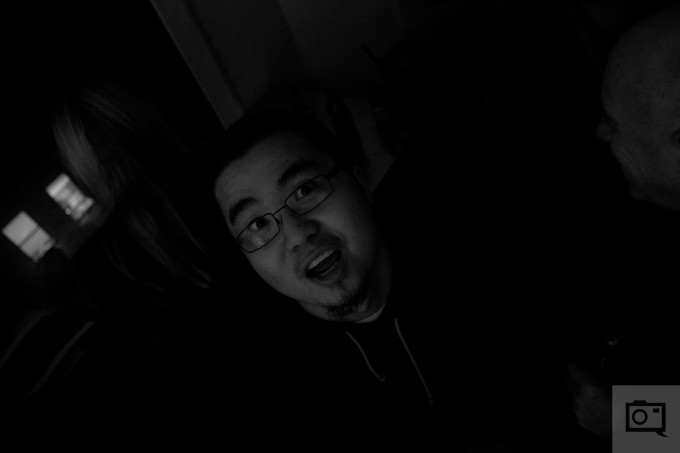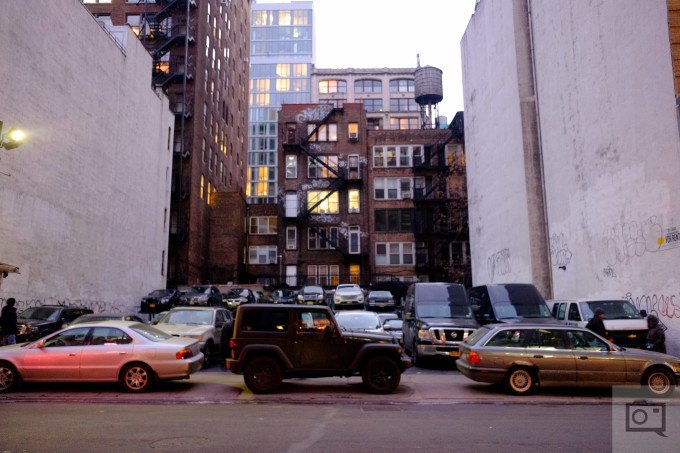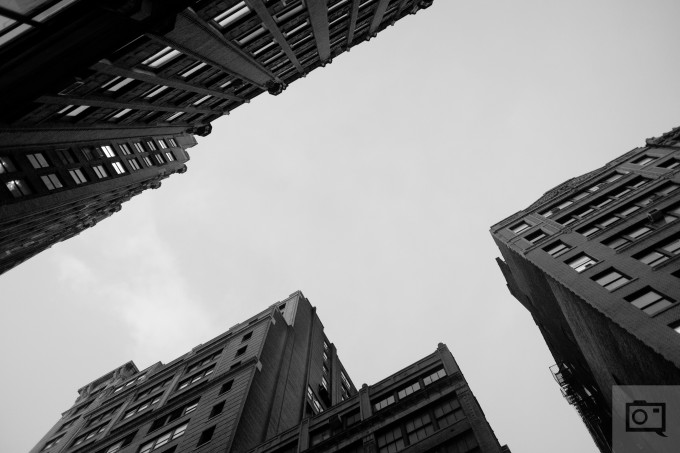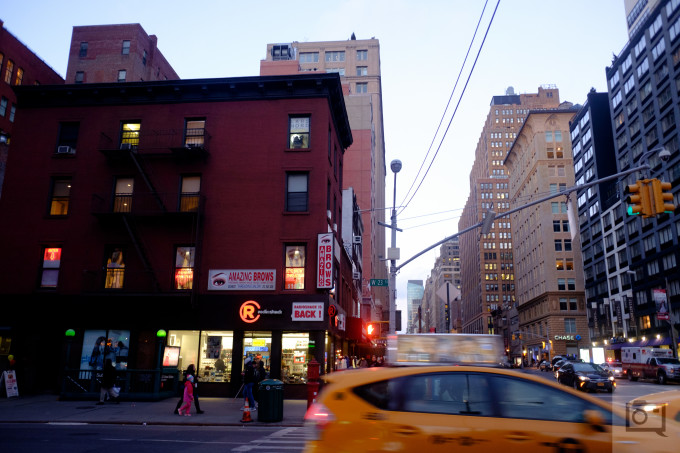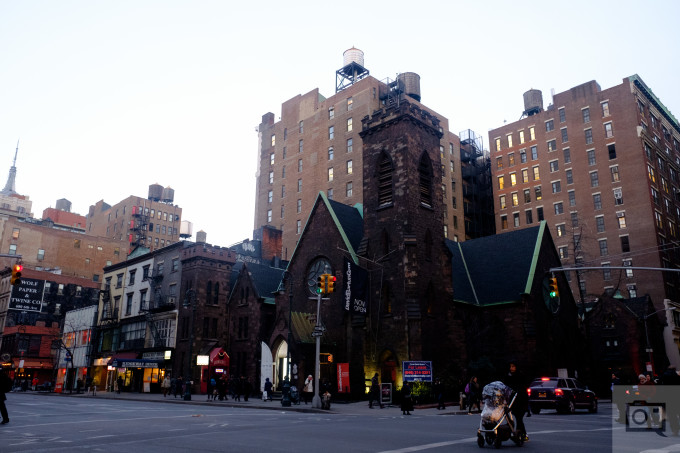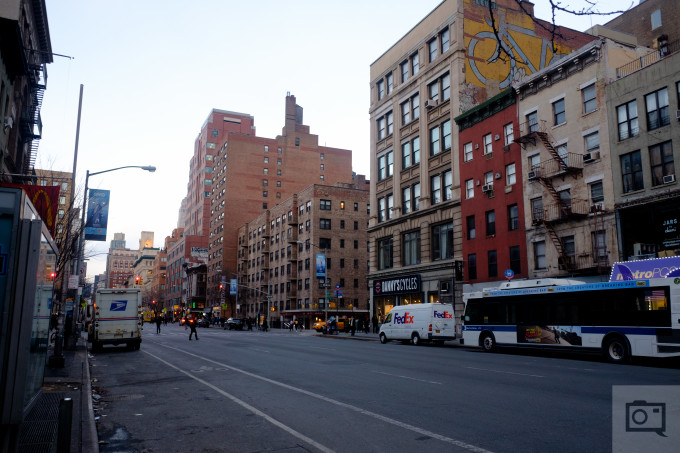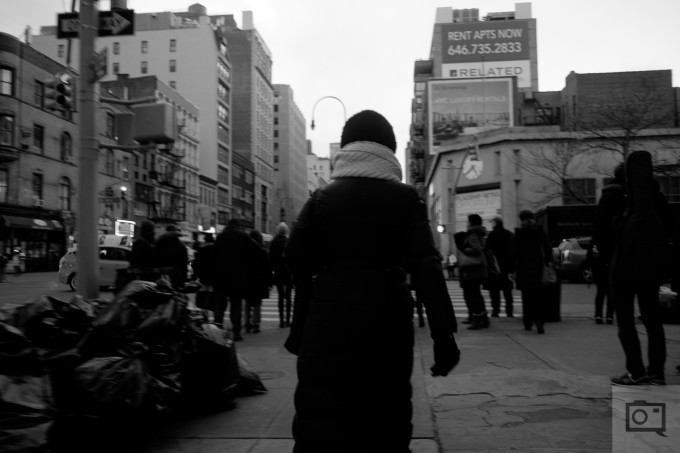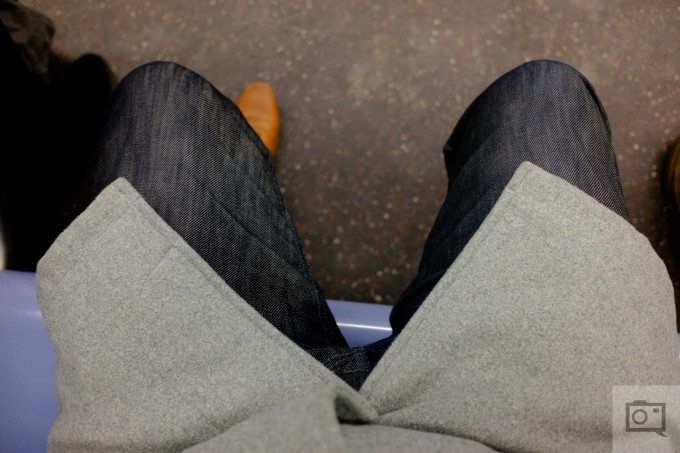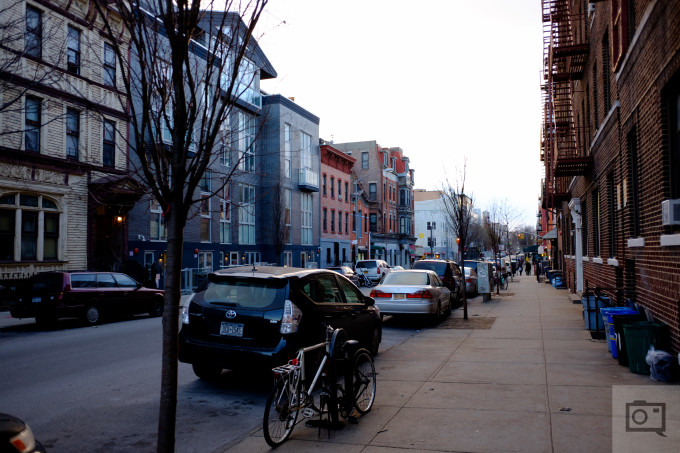Last Updated on 02/12/2016 by Chris Gampat
Put an APS-C sensor inside of a small point and shoot and give it a nice prime lens, and you’ve got a camera that Nikon and Ricoh created years ago. Give it a sweet shutter speed dial and an X Trans Sensor, and you’ve got the baby brother of the Fujifilm X100 series. Indeed the Fujifilm X70 is a smaller fixed lens camera with a 28mm f2.8 equivalent lens in front of a 16MP APS-C sensor. Give it a flip up LCD screen, a touch screen, WiFi, a dedicated switch for Auto mode, and make it easily hand holdable and you’ve got yourself a dedicated street shooter.
I saw this camera in person back in December, and knew just how excited the street community would be about it. I’ve been playing with it for a little under 24 hours now, and so far I’m incredibly impressed.
Tech Specs
Tech Specs taken from the B&H Photo listing.
- 16.3MP APS-C X-Trans CMOS II Sensor
- Fujinon 18.5mm f/2.8 Lens (28mm Equiv.)
- 3.0″ 1.04m-Dot Tilting Touchscreen LCD
- Full HD 1080p Video Recording at 60 fps
- Built-In Wi-Fi, SHARE Printer Compatible
- ISO 51200 and 8 fps Continuous Shooting
- 77-Point AF System
- Interval Recording & Electronic Shutter
- Film Simulation Modes & Creative Filters
Ergonomics
The Fujifilm X70 is a pint sized point and shoot with lots of big capabilities on the inside. It fits perfect in the pocket, and when using it with the Great State Hand Strap, it becomes a camera that will honestly rarely leave your hand. With its low profile hand grip, he dials exactly where you need them, and its overall small size there is almost no reason why you would hate its ergonomics.
To boot, it fits easily in a jacket pocket and in hipster skinny jeans. Trust me, I’ve done it a lot so far!
The front of the camera is characterized by the lens (which doesn’t protrude) the focusing switch, the flash and the grip.
Move to the top of the camera and you’ll find more dials. There is one around the lens, (two if you include the focusing ring) the shutter speed dial, and the exposure compensation dial. What’s also interesting is the addition of an automatic mode via a dedicated switch.
The video record button is here along with the hot shoe.
Now check out the back: it’s mostly the giant LCD screen. This is a touch capable screen, though much of the controls can be manipulated with the dedicated buttons.
See that little bit of a thumb grip? Yes, it’s barely there. But it’s effective enough.
The screen also flips up and has a similar menu style to the other Fujifilm cameras.
Build Quality
The camera has a very nice, pocketable feel in it while maintaining some sort of seriousness to it. It feels great, is overall built pretty solid and doesn’t feel cheap at all.
For what it’s worth though, you may want to get a lens hood. The lens can get dirty very easily otherwise.
Autofocus
Now here’s where this camera may or may not fail. It’s a known fact that Fujifilm hasn’t had the fastest or best autofocus vs the Micro Four Thirds manufacturers, Samsung, or Sony. With the Fujifilm X70, the same still holds true.
It’s about comparable to the Fujifilm X Pro 1 with the 35mm f1.4 that have been fully updated to the latest firmware. To that end, it’s not bad. But it’s also not completely 100% reliable for street photography.
Where the Fujifilm X70 sort of fixes this is with the use of the touchscreen. To utilize it to the most, you’ll touch the screen with the camera set to shoot when touched, the camera will autofocus, and then it will shoot. Otherwise you can use the center focusing point and recompose. If you’re far enough away from your subject, that may probably be the more desirable route.
Image Quality
All images have the EXIF data in tact. Simply click the image and you’ll see it in the file name.
So far, I’m very happy with the image quality. But to be fair, I’ve always been happy with what Fujifilm can do. These images have had the film profiles added to them and no editing otherwise was done. That will be evaluated in the full review.
First Impressions
So far, I’m really happy with this camera’s performance–especially if you’re not all about clinical, 100% perfect quality. Of course, you can get that; but if you’re not obsessed with it (the way this site preaches not to be and to instead look at the image as a whole) then you’ll be able to create incredible images with this camera.
Stay tuned for the full review.


